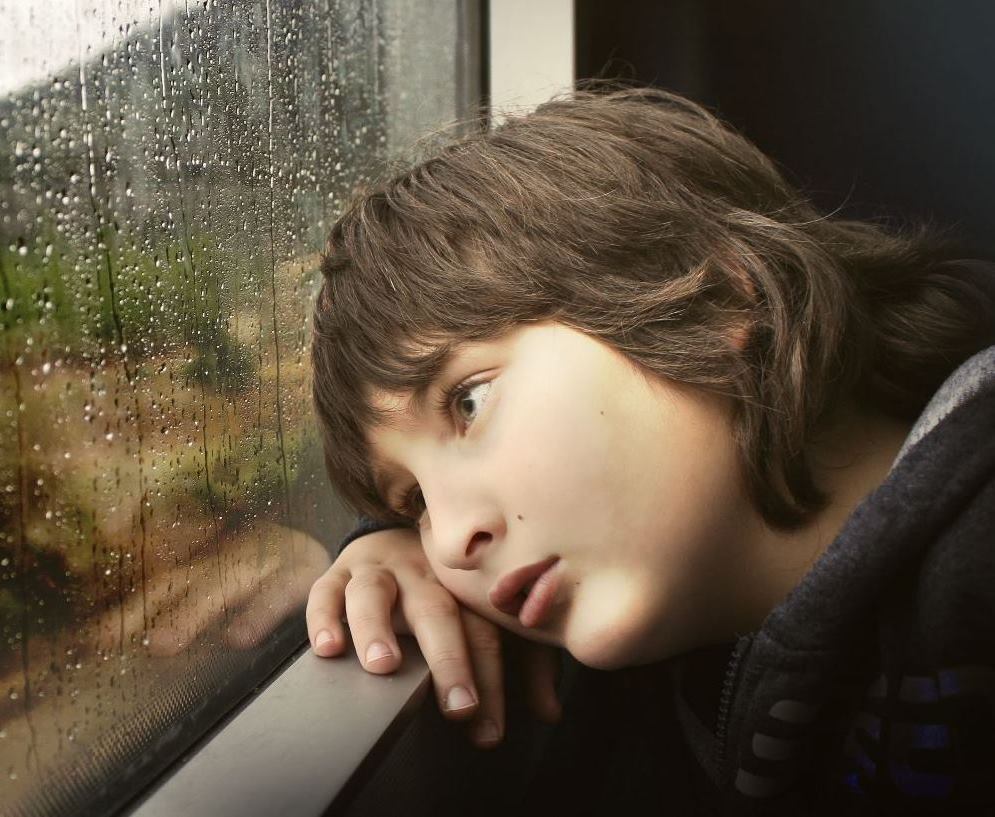Using Spontaneous Creative Courage In Therapy
By Lydia Sterry | Submitted on June, 2021
By Lydia Sterry | Submitted 2024
As therapists, we are perpetual learners, navigating what resonates with clients. One avenue involves unleashing our creative selves in sessions, a tool that can infuse life into the therapeutic encounter.
Creativity is our intrinsic;
it defines our vitality. To inject this 'aliveness' into therapy, we should nurture curiosity, flexibility, and our innate creativity, particularly after moments of stagnation, boredom, or confusion. Creativity can breathe fresh air into the room, fostering change.
We needn't overcomplicate creativity; instead, we observe its emergence and decide with the client if it's an opportune moment to employ it. For instance, in a struggle with responsibility, a spontaneous drum session prompted a breakthrough in a client's social engagement.
This example illustrates how unpredictable creativity opens doors for client participation, steering them toward the unfamiliar. Yet, post-session doubts surfaced. Fortunately, the client's subsequent anxiety revealed tangible change, signalling a shift in his willingness to take risks.
Clients often resist change due to fear, perceived lack of control, or a comfort in the familiar 'hell.' Therapists, embracing spontaneous creativity, can initiate change collaboratively. This instinctive experience sparks client engagement and propels them toward unexplored territories.
Reflecting on our practice's creative aspects, we must question the dampening of natural bursts. Gentle prompts like, "How can we make this concept more creative?" invite spontaneous creativity, potentially shaping meaningful therapeutic encounters.
Therapists can be apprehensive about spontaneous creativity, but embracing unpredictability fosters surprise, learning, and adaptation. Even if a creative attempt falls flat, the experience becomes tangible material for future exploration.
Therapists should periodically check their engagement levels and embrace creative courage, taking occasional risks to enhance the therapeutic relationship authentically.
Spontaneous creativity, although seemingly instinctive, often stems from deliberate preparation and practice.
While experience influences creative spontaneity, an open attitude, regardless of experience, encourages alertness to creative moments. Engaging creatively with younger clients may be natural, but with adults, these moments are subtler and may be less apparent. It’s healthy to question if none of your adult clients are splashing around in creativity.
Creativity in therapy cultivates self-expression, exploration, and personal growth. Inviting creative techniques empowers clients to tap into their innate creativity, offering fresh perspectives to challenges.
For more information on working with spontaneous creative moments in therapy, email progressiveprocess@live.com.au or book a supervision consultation progressiveprocess@live.com.au or click here to book a supervision consultation.
